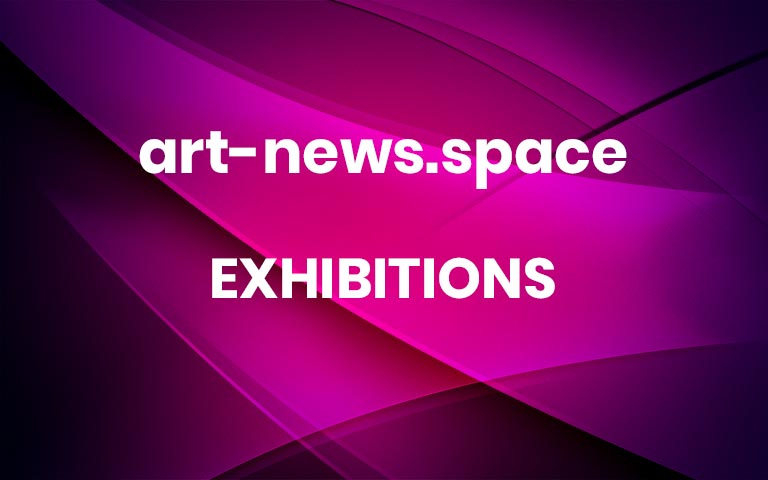A New Show of Ancient Egyptian Artifacts Brings Conservation Efforts to the Fore
When the Carnegie Museum of Natural History shuttered their Walton Hall of Ancient Egypt last year, many of the museum’s priceless Egyptian relics left the public eye. More than 80 pieces from its cache of 5,000 objects went back on view last weekend in “The Stories We Keep: Conserving Objects from Ancient Egypt,” a new show that allows viewers to follow their preservation.
While the museum resolved last year that it would no longer display human remains, “The Stories We Keep” will share spectacles like a classic coffin lid and a 3,500 year old limestone stela alongside ancient ephemera like makeup and beer mugs.
Conservation technician Jenna Anderson with the coffin lid in “The Stories We Keep.” Photo: Matt Unger, courtesy of the Carnegie Museum of Natural History
The show’s main draw is a 4,000 year old Dahshur funerary boat—one of only four known examples—currently under the care of renowned wood expert Mostafa Sherif, who CMNH recruited last year. Museum conservators will give daily demonstrations of their efforts amongst the show during its year-long run.
“Andrew Carnegie purchased the boat in 1901 and it arrived in New York later that year via steamer and traveled via rail from New York to Pittsburgh,” CMNH assistant curator Lisa Haney told me. “Once it arrived, it was quickly revealed that it would be too large to fit inside. So it was housed in a makeshift boathouse constructed outside the museum for five years while the museum was remodeled.”
Associate conservator Mostafa Sherif at work on the Dahshur boat. Photo: Matt Unger, courtesy of the Carnegia Museum of Natural History
According to Carnegie Magazine, Sherif has worked on two of the four boats from Dahshur. There, head curator Gretchen Anderson explains how CMNH’s specimen sustained damage since arriving. The boat was in a case from 1907 to 1956, but went on view, once staff coated it in a permanent compound called Wife’s Pride for protection. While it was exhibited over the next 20 years, visitors etched graffiti on the boat, and even climbed aboard.
Sherif’s “minimal intervention” to reinforce its structural integrity will avoid painting over gaps, which he considers “forgery.” He’ll then reassemble the boat, plank by fragile plank, for the 2026 show “Egypt on the Nile.”
Conservation technician Jenna Anderson at work. Photo: Matt Unger, courtesy of the Carnegie Museum of Natural History
In addition to working before visitors in the show’s Visible Conservation Lab, conservators will host office hours and solicit questions via QR code to answer over social media. Attendees can try black lights and microscopes for themselves and reassemble 3-D scans of pot shards.
Objects on view in the Visible Conservation Lab. Photo: Matt Unger, courtesy of the Carnegie Museum of Natural History
A press release around the exhibition acknowledges society’s longstanding fascination with its subject matter.
“I think ancient Egypt is so fascinating because there is such an amazingly preserved presence that is still visible,” assistant curator Haney told me. “All of the temples, architecture, and beautiful visual culture are so compelling and engaging.”
A coffin lid being conserved in the show. Photo: Matt Unger, courtesy of the Carnegie Museum of Natural History
“The Stories We Keep” also recontextualizes these artifacts without demystifying them by drawing parallels amongst life across the ages.
One display presents Ancient Egyptian baubles alongside contemporary counterparts—including a beaded bracelet that belonged to an Ancient Egyptian child, hanging next to a plastic hospital bracelet worn by the newborn daughter of the museum’s director of exhibitions and design. Inviting viewers to observe these conservation efforts while staging such comparison inspires respect for yesterday’s trinkets as today’s treasures.
A visitor examines the Visible Conservation Lab in “The Stories We Keep.” Photo: Matt Unger, courtesy of the Carnegie Museum of Natural History.
“The Stories We Keep: Conserving Objects From Ancient Egypt” is on view at the Carnegie Museum of Natural History, 4400 Forbes Ave, Pittsburgh, Pennsylvania, through March 9, 2025.
Follow Artnet News on Facebook: Want to stay ahead of the art world? Subscribe to our newsletter to get the breaking news, eye-opening interviews, and incisive critical takes that drive the conversation forward. More


